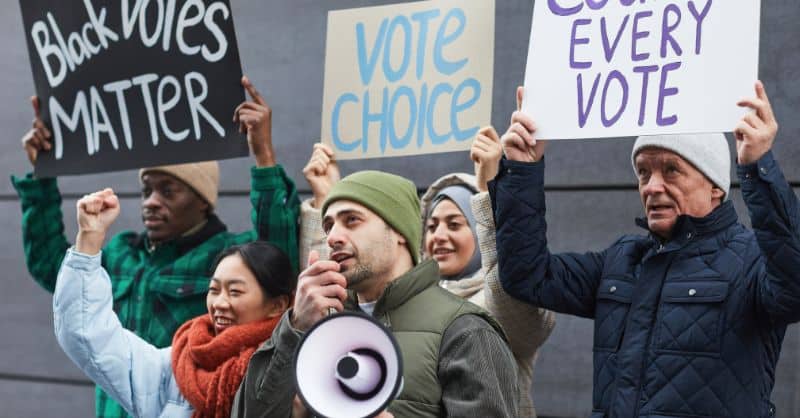Conservatism and liberalism are two of the most prominent and influential political ideologies shaping modern society, particularly in Western democracies. These ideologies often appear in opposition to one another, with each espousing distinct values and policy preferences. This article aims to explore and contrast the core tenets of conservatism and liberalism, providing relevant backlinks to primary sources, to clarify their similarities, differences, and respective impacts on contemporary politics.
Conservatism: A Brief Overview
Conservatism is a political philosophy that emphasizes tradition, stability, and continuity (1). It seeks to preserve existing social institutions, preferring gradual change over radical reform (2). Conservatives generally prioritize strong national defense, limited government intervention in the economy, and the protection of individual rights (3). Notable conservative philosophers include Edmund Burke (4), Russell Kirk (5), and William F. Buckley Jr. (6).
Liberalism: A Brief Overview
Liberalism, on the other hand, is a political philosophy that emerged during the Enlightenment period and has since become one of the dominant ideologies in Western democracies (7). It is centered on individual rights, representative democracy, and the rule of law, as well as advocating for free markets and limited government intervention (8). Notable liberal philosophers include John Locke (9), John Stuart Mill (10), and John Dewey (11).
Similarities between Conservatism and Liberalism
Despite their ideological differences, conservatism and liberalism share some common ground. Both ideologies emphasize the importance of individual rights and liberties (12), and both support the principles of democratic governance and the rule of law (13). Additionally, conservatism and liberalism advocate for free markets and economic freedom as essential components of a prosperous society (14).
Differences between Conservatism and Liberalism
The key distinctions between conservatism and liberalism can be found in their respective approaches to change, the role of government, and social issues:
Change and Tradition: Conservatives prioritize the preservation of tradition and existing social institutions, viewing change as potentially disruptive and harmful (15). In contrast, liberals are generally more open to change and reform, seeking to adapt social institutions to new circumstances and evolving values (16).
Role of Government: While both ideologies advocate for limited government intervention in the economy, conservatives tend to emphasize the importance of strong national defense and law enforcement (17). Liberals, on the other hand, often support a more active role for government in addressing societal issues such as poverty, inequality, and environmental protection (18).
Social Issues: Conservatives typically support traditional values and institutions, such as the family and organized religion, and may be more resistant to changes in social norms regarding issues like LGBTQ+ rights, abortion, and drug policy (19). Liberals, conversely, generally advocate for social progress and equality, supporting policies that promote individual freedoms in these areas (20).
Conclusion
In conclusion, conservatism and liberalism represent two distinct ideologies that share some common principles but differ significantly in their approaches to change, the role of government, and social issues. By understanding these differences, we can engage in more informed and productive political discourse and better appreciate the ideas and policies that shape modern society.
References:
(1) https://plato.stanford.edu/entries/conservatism/
(2) https://www.britannica.com/topic/conservatism
(4) https://plato.stanford.edu/entries/burke/
(5) https://www.kirkcenter.org/about-russell-kirk/
(6) https://www.nationalreview.com/wfb/
(7) https://plato.stanford.edu/entries/liberalism/
(8) https://www.britannica.com/topic/liberalism
(9) https://www.iep.utm.edu/locke/
(10) https://plato.stanford.edu/entries/mill/
(11) https://plato.stanford.edu/entries/dewey/
(14) https://www.econlib.org/library/Enc/ClassicalLiberalism.html
(16) https://www.historyextra.com/period/modern/what-is-liberalism/
Understanding the nuances between conservatism and liberalism allows us to better navigate the ideological landscape that shapes our political environment. While both ideologies share a commitment to individual rights, democratic governance, and free markets, they diverge on matters related to change, the role of government, and social issues.
Recognizing these differences can lead to more fruitful political discourse and a deeper understanding of the values that inform policy decisions. As political ideologies continue to evolve, it is important to maintain an open-minded and critical perspective when engaging with the ideas of conservatism, liberalism, and other ideologies that influence our society.

